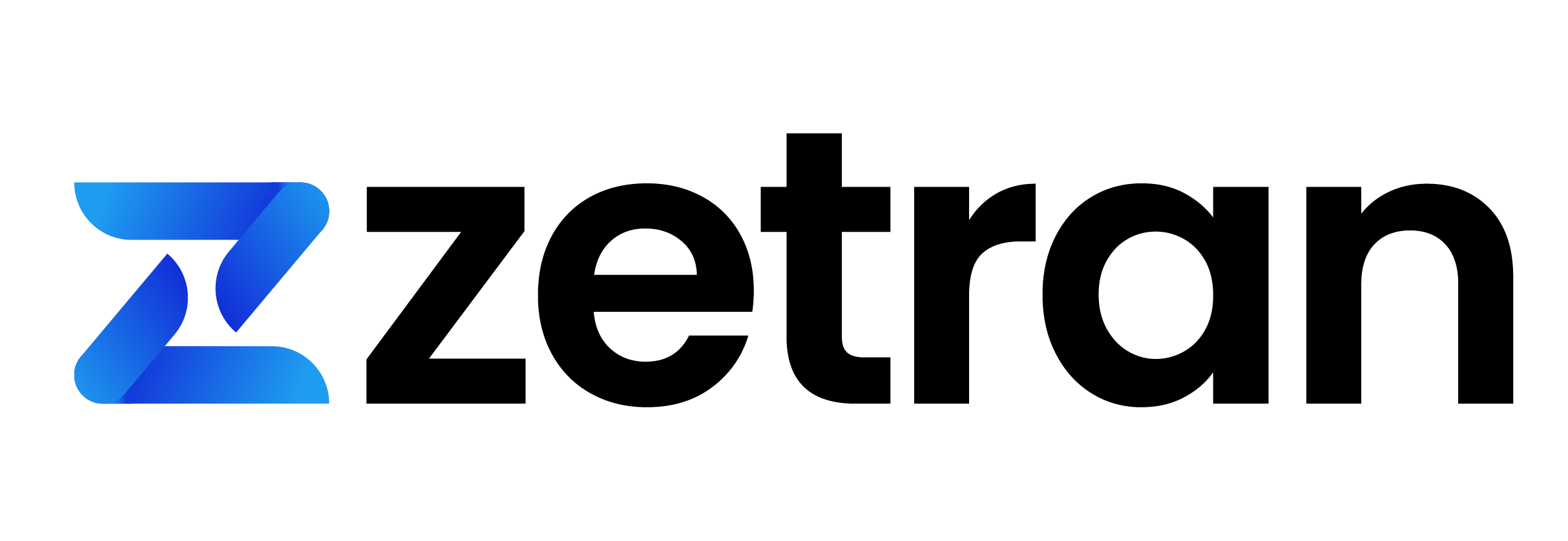
The financial management strategy of your business determines your growth in the competitive market. When you want to attract potential investors to your business, it is first important to start with solid business planning.
Note that the financial section of the business is made up of three important elements: they are the balance sheet, cash flow projection, and income statement. The financial planning checklist must include a valuable analysis and a brief explanation of all these elements.
Considering stock of expenses
There are two main categories of business expenses; they are operating expenses and start-up expenses. The cost that is required to set up your business is named start-up expenses; it includes the registration fee, inventory, rent deposits, licensing, permits, utility setup fees, down payments of the equipment, etc. This list may expand when you start with proper planning.
The second important element is operating expenses, it includes the cost that you need to spend to run your business. They can be better defined as monthly expenses, and the list includes rent payments, salaries, raw materials, distribution utilities, promotion, maintenance, office supplies, etc.
Here are the three important elements of financial planning checklists:
The income statement
The income statement defines your expenses, revenues, and profit for a specific duration of time. This snapshot may help you understand whether your business is moving in a profitable direction or not. You should subtract the expenses from revenue to calculate the loss and profit. The established businesses prefer to produce their income statement once in the fiscal year; however, experts advise generating it monthly during the first year of business.
The cash flow projection
The cash flow projection determines how cash is expected to flow within and out of your business. It is considered as an essential tool for analyzing cash flow management. This analysis can help you check if your expenses are growing too high or you have enough cash flow surplus. The cash flow projection will show the level of capital investment required by your business. Investors may also consider this statement to decide whether it is safe to invest in your business or not. Hence, one should be careful while designing this statement.
The balance sheet
The balance sheet is useful to report the net worth of your business at a specific point of time. It presents the summary of financial data of your business while dividing it into three different categories: assets, equity, and liabilities. There is an important relationship between these three parts of the balance sheet; it can be expressed using this equation: Assets = Liabilities + Equity.
While developing your business plan, you should create a well-analyzed balance sheet that provides a clear summary and information about cash flow projections and income statements. Small business owners need to prepare a balance sheet once in a year. And as soon as your balance sheet is complete, it becomes easier to write a brief analysis of all these three financial planning checklists.






